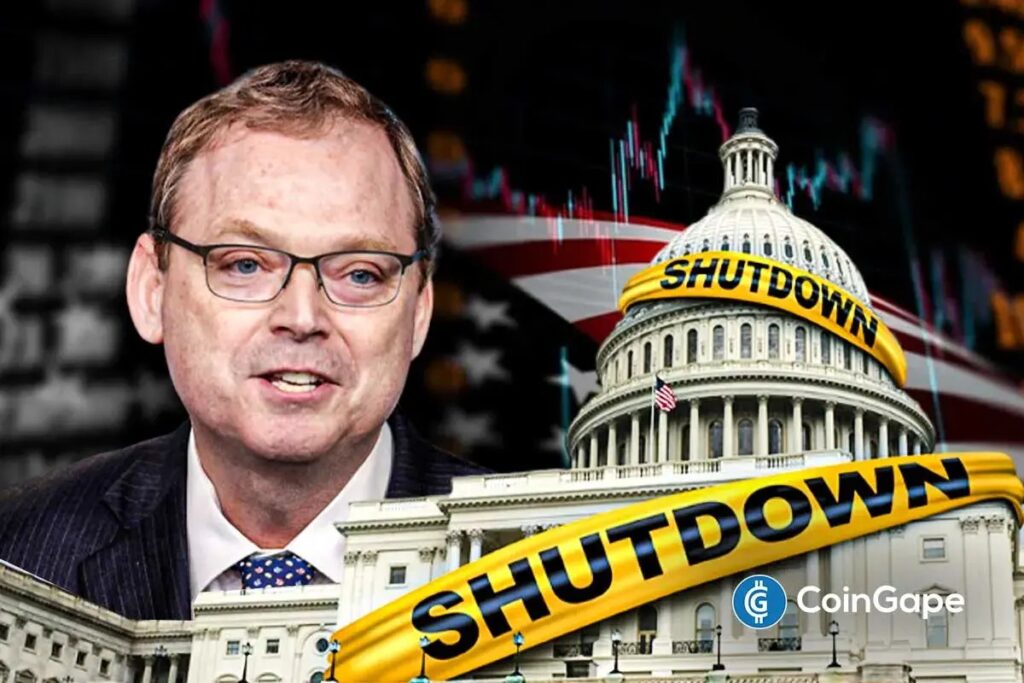Kevin Hassett: The Top Contender for Chairman of the Federal Reserve
Kevin Hassett is emerging as the leading candidate to become the next chairman of the United States Federal Reserve, a move that could significantly alter the central bank’s direction regarding interest rate policies. As discussions of rate cuts intensify, the selection process is nearing completion, with President Donald Trump reportedly favoring Hassett for his shared belief in aggressive rate reductions. This shift highlights the administration’s desire for a monetary policy that prioritizes lower borrowing costs to boost economic growth.
Aggressive Rate-Cut Stance
Hassett’s position on monetary policy aligns closely with Trump’s aspirations for the Federal Reserve. He has been vocal about the need for rate cuts, drawing from recent economic data to justify his stance. With Trump criticizing the current Fed chairman, Jerome Powell, for being too slow to react to economic challenges, the president is eager for a Fed leader who mirrors his proactive approach to interest rates. Hassett’s perspective contributes to rising expectations that a leadership change at the Federal Reserve would lead to a series of aggressive rate cuts, influencing economic conditions and financial markets.
Key Players in the Selection Process
The selection of the new Fed chair is under the supervision of Treasury Secretary Scott Bessent, who has signaled that an announcement is imminent, likely before Christmas. A shortlist of five candidates has emerged, including Kevin Hassett, former Fed official Kevin Warsh, current governor Christopher Waller, Vice Chair for Supervision Michelle Bowman, and BlackRock executive Rick Rieder. Each candidate’s background brings unique qualifications to the table, but the real question is how their monetary policies would align with Trump’s economic vision. Notably, Waller has recently indicated openness to further rate cuts, a sentiment that mirrors the administration’s demands.
Recent Rate Cuts and Future Decisions
The Federal Reserve has already implemented two rate cuts this fall, yet the internal dynamics regarding the timing of future cuts remain contentious. With the current economic climate characterized by uncertainty, any future rate decisions are likely to be scrutinized closely. The natural indecision within the Fed requires a chair willing to push for clearer monetary strategies, particularly in anticipation of a new leadership style that could emerge following the selection of a new chairperson.
Concerns Over Fed Independence
As discussions about Hassett’s potential appointment unfold, concerns are escalating regarding the Federal Reserve’s independence. The administration is currently embroiled in legal disputes concerning its attempts to remove Fed Governor Lisa Cook. Such conflicts raise questions about the influence of the president on the central bank’s decision-making processes. Critics argue that the Fed’s autonomy is critical for effective monetary policy, and any perception of external influence could undermine public trust in its operations.
Conclusion: A Pivotal Moment for the Federal Reserve
With Kevin Hassett as the frontrunner to lead the Federal Reserve, we stand on the brink of significant monetary policy changes. If appointed, his rate-cutting philosophy could reshape how the central bank addresses inflation, employment, and borrowing costs. This selection process is critical not just for the Fed but for the broader economic landscape, which is still recovering from past challenges. As we await the final decision, the implications of this choice will resonate through financial markets and economic policies for years to come.


